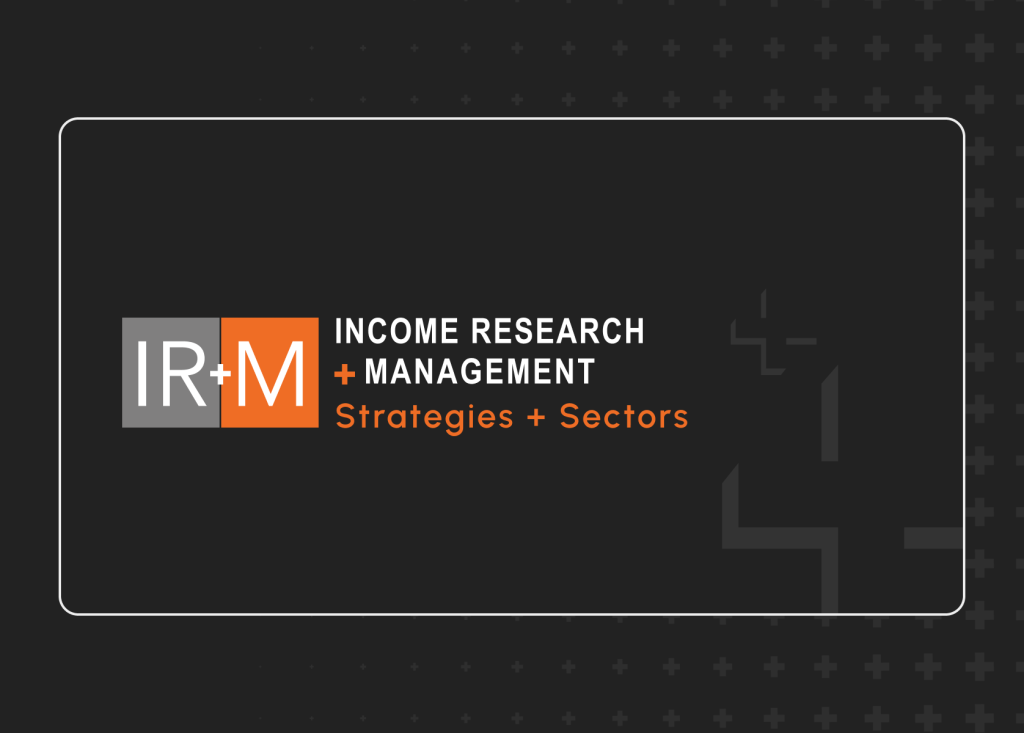As I’ve slowly started to step back into the real world and see friends and co-workers IRL (in real life), I feel like I don’t have anything interesting to contribute to conversation. I haven’t gone on any trips, I don’t remember how to order at a restaurant, and unless you’re also watching Bluey endlessly (which is fantastic, by the way), I can’t contribute to any television or movie chatter. I’d blame this on the pandemic, but I’m pretty sure this was happening before 2020. Outside of my 7-year-old’s latest drama, or the cutest things my 2-year-old twins just did, I can talk at length – and passionately – about my work. But that gets tricky, too. Most people who ask aren’t sincerely interested – they’re just being polite. “No, really, what DO you do?” some will push. As soon as I launch into “Well, I work in fixed income…” people’s eyes immediately reflect regret – or fear?!
Most people have at least heard of the stock market, but the bond market is often less familiar and maybe a little more complicated or intimidating to the uninitiated. I’d argue the same is true when looking at the fixed income market with an ESG lens. Compared to the equity market, where most ESG data and concepts are focused on the parent company and tied more directly to the common stock equity holding, ESG becomes more complex when bonds are involved.
Bond Market – Subtle and Heterogenous
A single equity ticker often has a myriad of bonds outstanding, with each issued at a different time, with a different tenor, structure, and rate – and possibly with an ESG label. While equity analysts typically review the parent company, which has one common share price, and its ESG metrics, a fixed income analyst needs to consider each bond’s specifics, as well as how ESG metrics could impact that bond and the overall issuer.
The many nuances of fixed income only add to the market’s intrigue. Contrary to popular belief, labeled bonds (green, social, sustainable, sustainability-linked, etc.) are a small portion of the market and not the only way to implement an ESG strategy within fixed income. We view labeled bonds as an important and growing component of the market, but we continue to see premiums within the asset class, are wary of the voluntary adherence framework, and recognize the concentrated issuance within certain sectors, such as Financials and Utilities. While we do purchase ESG labeled bonds when they meet our credit, structure, and price criteria, we believe that ESG goes beyond any label.
Data – Elusive and Inconsistent
ESG data remains elusive for most of the fixed income world. Its quality and availability have improved tremendously in recent years, but most data was built for the equity market. For corporate bonds, we can utilize ESG information from data providers and the companies themselves. Much of this information remains focused on the equity side, but it is still useful, and coverage is growing. We encounter different challenges when looking at municipal or securitized bonds, which requires us to unearth data from various sources, if any exists at all.
Our research analysts often need to get creative, marrying data from providers with what they discover buried in disclosure documents and on websites. This amalgamation of information allows our analysts to make informed assessments based on our proprietary ESG framework. The framework serves as our guide and helps us highlight pertinent material ESG factors, uncover potential opportunities, and determine appropriate risk compensation. Whether we’re analyzing corporate, municipal, or securitized sub-sectors, our approach to ESG is consistent.
Engagement – Selective and Multi-Faceted
Engagement within the fixed income space is not as straight forward as proxy voting or shareholder resolutions. However, we still have meaningful conversations with management and engage issuers via industry groups. Our direct conversations often revolve around the most material ESG factors; we typically search for data, context, and policies surrounding specific issues to better understand the risks and opportunities surrounding an issuer. Corporate issuers tend to field similar questions from equity holders and are, therefore, adept at providing responses to our inquiries. However, some municipal and securitized issuers are less experienced and haven’t felt the pressure to answer in the past. As the industry develops and access to data and standards are expanded, we believe that additional sectors will further embrace these conversations.
ESG at IR+M – Integrated and Informing
Integrating ESG into our research process has elevated our game. With ESG, we’re effectively bringing the credit picture into better focus and identifying potential risks before they escalate. Without ESG, we could be overlooking underlying issues such as weak cybersecurity, budding emissions fraud, inflated asset values, or poor labor relations – to name a few. Knowing that we’re doing everything we can to ensure that our investments are money good helps me rest a little easier at night – and maybe watch a trending Netflix show



